|
Paul Smith Revised 9 February 2018 During the 1970s and 1980s, Adrien Bourrel – the second son of Louis Lawrence – told French authors “Pierre Jarnac” and Franck Marie how he witnessed the construction of a tomb in the estate of Les Pontils during the early 1930s as a young boy. Both authors used the information provided by Adrien Bourrel in their respective books. The estate of Les Pontils is located on a road (D613) between the villages of Serres and Arques in the commune of Peyrolles. 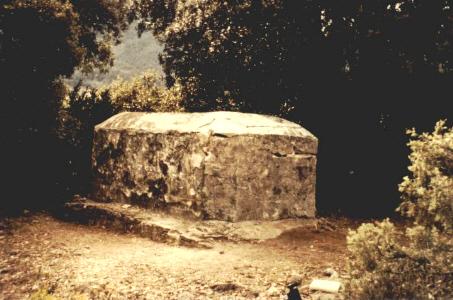 
Emily Rivarès Lawrence (1863-1932), an American of French origin, purchased the Les Pontils estate in 1921. She moved there with her grandmother, Marie Rivarès (1843-1922) and her son Louis Bertram Lawrence (1884-1954).
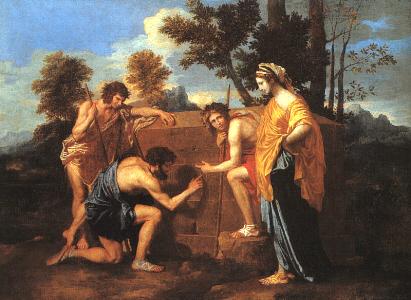
Henry Lincoln first claimed that the tomb depicted in Poussin's The Shepherds of Arcadia was the same as the Louis Lawrence tomb in Les Pontils (The Lost Treasure of Jerusalem...? “Chronicle”, BBC 2, 31 March 1972). This was followed in the article by Jean Pellet and Gérard de Sède, “Le Secret de Nicolas Poussin” (Le Grand-Albert, Number 9, pages 46-48, July-August 1972). Gérard de Sède repeated this in his book, La Race Fabuleuse: Extra-Terrestres Et Mythologie Mérovingienne (1973). It was mistakenly claimed that the landscape behind the tomb in Les Pontils matched the background landscape found in Poussin’s painting.
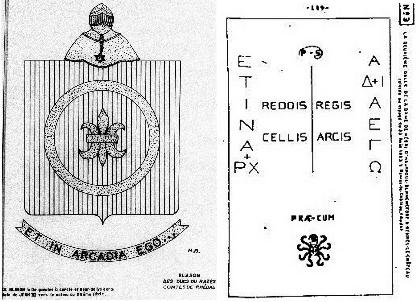 Madeleine Blancassall, Les Descendants Mérovingiens ou l’énigme du Razès wisigoth (1965)
In 1878 Louis Fédié wrote an article about the history and folklore of the Peyrolles area, starting with the area of Les Pontils – because a menhir existed in that location – the oldest man-made structure in the area. Had the Les Pontils tomb existed in 1878, it would have been mentioned thus by Louis Fédíe, but Fédié failed to mention the existence of any such tomb at Les Pontils in 1878 (“Étude Historique sur le des Haut-Razès”, Mémoires de la Société des Arts et des Sciences de Carcassonne, Volume 4, pages 42-92).
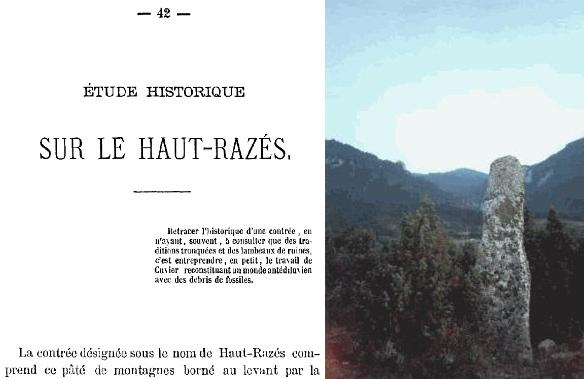 Menhir at Les Pontils 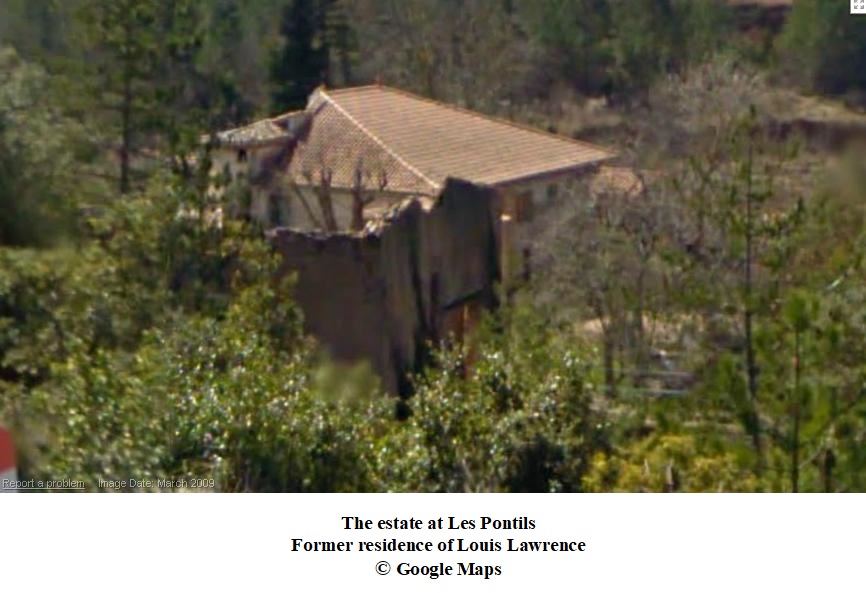 |